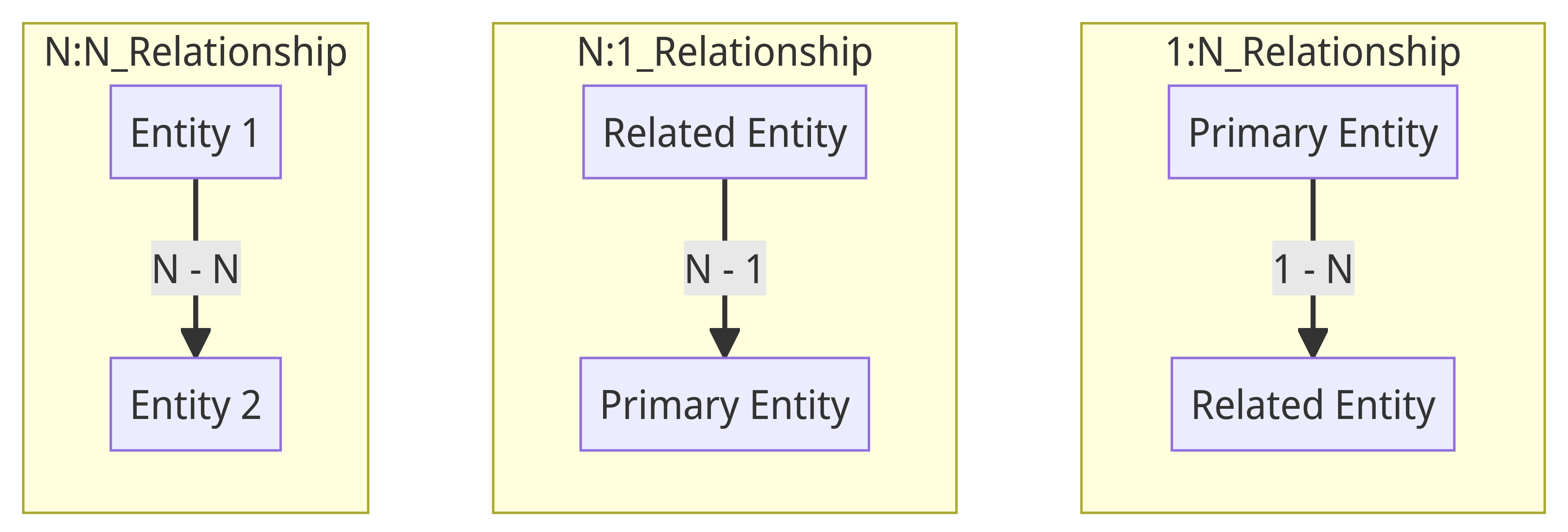Relationship Behavior:

let's delve into relationship behavior and the available options for 1:N and N:1 relationships in Microsoft Dynamics CRM. **Relationship Behavior:** In CRM, relationship behavior defines how records in the related (child) entity behave when the associated record in the primary (parent) entity undergoes certain actions. The available relationship behaviors are: 1. **Referential:** This behavior allows a child record to be associated with a parent record, but it doesn't enforce any specific actions when the parent record is modified or deleted. It's the most basic relationship behavior. 2. **Parental:** In this behavior, the child record acts as if it's owned by the parent record. When the parent record is deleted, child records are also deleted. This is useful when you want a strict parent-child relationship, such as with activities linked to a contact. 3. **Custom:** Custom behavior provides more advanced control over what happens to child records when a parent record u...
